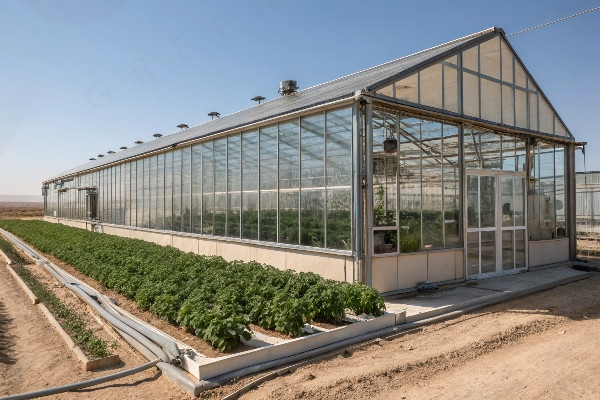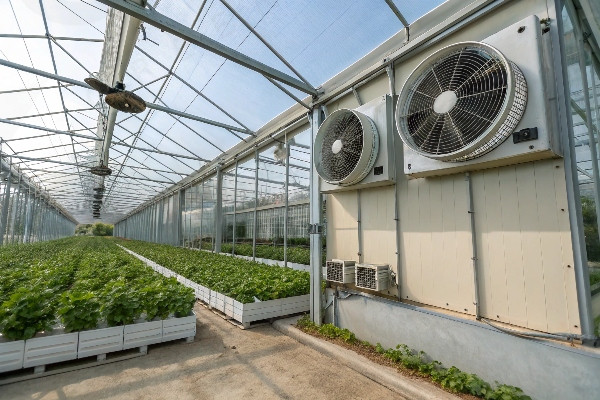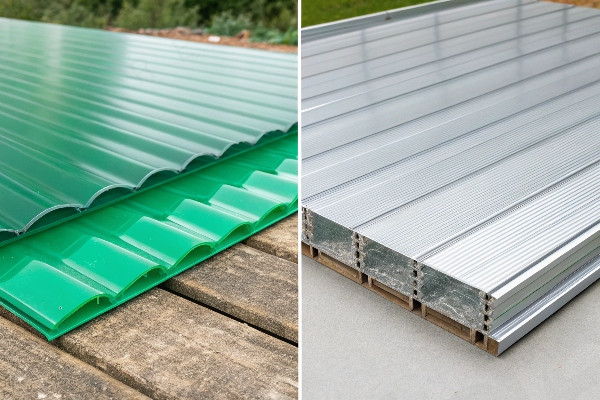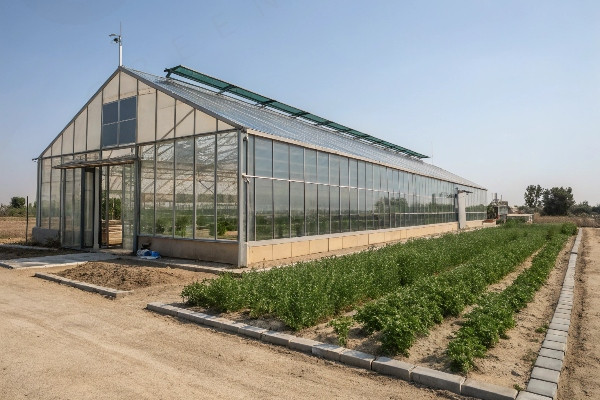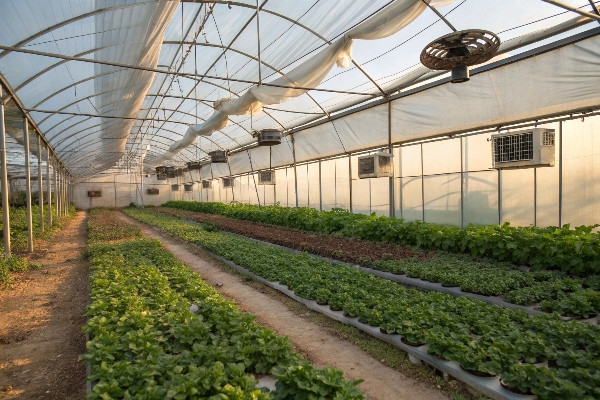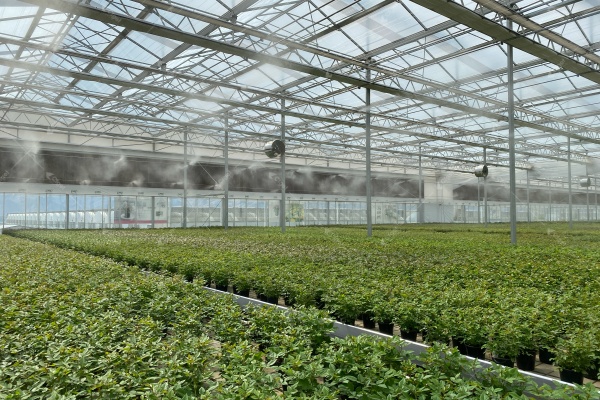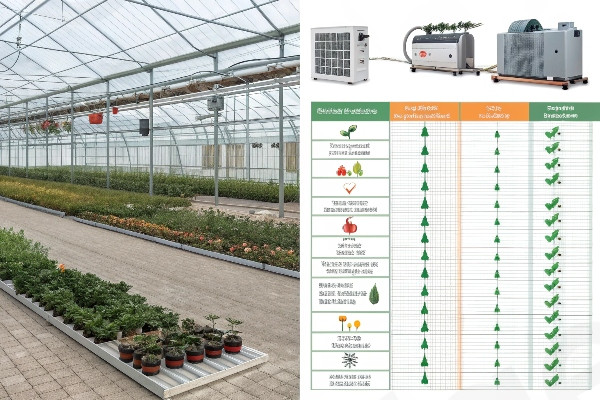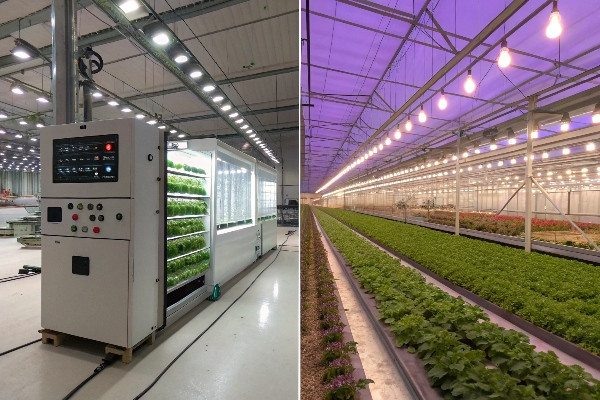Building greenhouses in hot climates presents unique challenges. Many growers struggle with excessive heat that can damage crops and increase energy costs.
Efficient hot-climate greenhouses require proper ventilation, strategic shading, optimal siting, and passive cooling solutions. These elements work together to maintain ideal growing conditions while minimizing energy consumption.
After working with greenhouse systems for over 28 years, I have seen countless projects in hot regions across Southeast Asia, Central Asia, and other challenging climates. The key to success lies in understanding that hot-climate greenhouses are fundamentally different from their temperate counterparts. They require specific design considerations that prioritize heat management over heat retention.
Beating the Heat: Importance and Types of Ventilation Systems for Hot Climate Greenhouses?
Poor ventilation in hot climates can destroy entire crops. Many growers underestimate how quickly temperatures can rise in enclosed spaces under intense sun.
Proper ventilation systems remove excess heat and maintain air circulation. Natural and mechanical ventilation options each offer specific advantages for different greenhouse sizes and budgets.
Natural Ventilation: The Foundation of Hot-Climate Design
In my experience designing greenhouses for hot regions, natural ventilation forms the backbone of any effective cooling strategy. We typically recommend increasing the shoulder height to around 6 meters. This creates a larger volume of air space that helps buffer temperature fluctuations. The hot air naturally rises to the top, creating convection currents that draw cooler air in through lower vents.
The window-to-floor ratio becomes critical in these designs. I have found that opening windows should comprise at least 25-30% of the floor area for effective natural ventilation. This is significantly higher than what we use in temperate climates.
Mechanical Ventilation Systems
When natural ventilation cannot meet cooling requirements, mechanical systems become necessary. Fan and pad cooling systems work well in dry climates but struggle in humid conditions. In Southeast Asia, where humidity levels often exceed 80%, we frequently recommend semi-closed greenhouse systems.
| Ventilation Type | Best Climate Conditions | Energy Efficiency | Initial Cost |
|---|---|---|---|
| Natural | Moderate heat, good wind | Highest | Lowest |
| Fan & Pad | Hot, dry climates | Medium | Medium |
| Semi-closed | Extreme heat, any humidity | Variable | Highest |
Semi-Closed Systems: The Premium Solution
For high-value crops, semi-closed systems offer the most control. These systems create an independent cooling zone within the greenhouse. The cooled air is then distributed through ventilation ducts. While more expensive, this approach provides precise environmental control and can be more energy-efficient for intensive cultivation.
In-Depth Comparison of Shading Materials: HDPE Shade Nets vs. Aluminum Curtains?
Choosing the wrong shading material can increase cooling costs significantly. Many growers select materials based on price alone without considering long-term performance.
HDPE shade nets and aluminum curtains each offer distinct advantages. The choice depends on climate conditions, crop requirements, and budget considerations for optimal greenhouse performance.
HDPE Shade Nets: Versatile and Cost-Effective
HDPE (High-Density Polyethylene) shade nets have become my go-to recommendation for many hot-climate projects. These materials offer excellent durability and come in various shade percentages. In my projects across Central Asia, where extreme temperature variations occur, HDPE nets have consistently performed well.
The key advantage of HDPE is its flexibility in light transmission. We can select nets that provide 30%, 50%, 70%, or even 90% shading depending on the crop and season. This adaptability makes them ideal for growers who cultivate different crops throughout the year.
Aluminum Curtains: Premium Performance
Aluminum curtains represent the premium option for greenhouse shading. These systems reflect heat rather than absorbing it, which makes them particularly effective in extremely hot conditions. I have installed these systems in Middle Eastern projects where temperatures regularly exceed 45°C.
The main advantage of aluminum curtains is their ability to provide both shading and insulation. During hot days, they reflect solar radiation. At night, they can help retain heat in regions where temperatures drop significantly.
| Material | Light Control | Heat Reflection | Durability | Cost |
|---|---|---|---|---|
| HDPE Shade Nets | Good | Moderate | 5-8 years | Low |
| Aluminum Curtains | Excellent | High | 10+ years | High |
Selection Criteria for Different Regions
In Southeast Asia, where consistent high humidity combines with intense solar radiation, I typically recommend HDPE nets with 50-70% shading. The lower initial cost allows for more frequent replacement, which is important in corrosive humid environments.
For Central Asian projects, aluminum curtains often provide better long-term value. The extreme temperature variations and intense solar radiation in these regions justify the higher initial investment.
Greenhouse Siting and Structural Design: Maximizing Natural Ventilation and Minimizing Sun Exposure?
Poor greenhouse placement can increase cooling requirements by 30-50%. Many growers focus on land availability without considering environmental factors that affect energy consumption.
Strategic siting and structural design optimize natural airflow and reduce solar heat gain. Proper orientation, height, and opening placement work together to minimize artificial cooling needs.
Orientation: The First Line of Defense
Greenhouse orientation significantly impacts heat load. In hot climates, I recommend orienting the ridge line east-west when possible. This minimizes the area of roof exposed to the intense midday sun. The end walls, which have smaller surface areas, face the sun during the hottest part of the day.
However, wind patterns often override solar considerations. In regions with consistent cooling breezes, aligning the greenhouse to capture these winds can be more beneficial than optimal solar orientation.
Structural Height and Volume
The 6-meter shoulder height that we use in hot climates serves multiple purposes. First, it creates a larger air volume that provides thermal mass. Second, it allows hot air to rise away from the crop canopy. Third, it provides space for installing cooling systems without interfering with plant growth.
I have observed that increasing height from 4 meters to 6 meters can reduce peak temperatures by 3-5°C through natural convection alone. This temperature reduction often eliminates the need for mechanical cooling in moderate climates.
Strategic Opening Placement
Window placement follows specific principles in hot-climate design. Lower openings should be positioned to capture prevailing winds. Upper openings should be placed on the opposite side to allow hot air to exit. The key is creating a continuous airflow path through the structure.
| Design Element | Hot Climate Specification | Impact on Cooling |
|---|---|---|
| Shoulder Height | 6+ meters | Reduces peak temps 3-5°C |
| Ridge Orientation | East-West preferred | Minimizes midday heat gain |
| Ventilation Openings | 25-30% of floor area | Enables natural cooling |
| End Wall Design | Minimal west exposure | Reduces afternoon heat |
Site-Specific Considerations
Each region presents unique challenges. In Southeast Asia, monsoon patterns affect greenhouse design. We often incorporate drainage and wind-resistant features. In Central Asia, dust storms require specialized filtration systems for mechanical ventilation.
The key to successful siting is understanding local weather patterns. I always recommend installing weather monitoring equipment before finalizing greenhouse designs. This data helps optimize the design for specific site conditions.
Passive Cooling Solutions: Using Ground Cover and Vegetative Shading to Lower Greenhouse Temperature?
Active cooling systems consume significant energy and increase operational costs. Many growers overlook passive solutions that can reduce temperatures naturally without ongoing energy consumption.
Ground cover and vegetative shading provide natural cooling through evapotranspiration and heat absorption. These passive solutions complement mechanical systems while reducing energy requirements and operational costs.
Ground Cover: More Than Just Aesthetics
Ground cover plays a crucial role in temperature management that many growers underestimate. Bare soil absorbs solar radiation and re-radiates heat, creating hot spots within the greenhouse. In contrast, proper ground cover can reduce surface temperatures by 10-15°C.
I have experimented with various ground cover materials across different climates. Gravel works well in dry regions but can become uncomfortable hot spots. Organic mulches provide excellent cooling but require replacement in humid climates where decomposition accelerates.
White plastic sheeting offers a compromise solution. It reflects solar radiation while preventing soil heating. However, it requires proper installation to prevent water accumulation and pest problems.
Vegetative Shading: Living Climate Control
Strategic use of vegetation around greenhouses provides multiple benefits. Trees planted on the south and west sides can reduce solar heat gain by 20-30% during peak hours. However, they must be positioned carefully to avoid blocking beneficial winter sun or interfering with natural ventilation.
In my projects in hot regions, I often recommend fast-growing trees like eucalyptus or bamboo for quick establishment. These species provide shade within 2-3 years while requiring minimal water once established.
Evapotranspiration Cooling
Plants naturally cool their surroundings through evapotranspiration. This process can reduce local temperatures by 2-5°C. Strategic placement of water features or plant beds around greenhouse entrances creates cool microclimates that benefit both plants and workers.
| Passive Solution | Temperature Reduction | Maintenance Level | Initial Cost |
|---|---|---|---|
| Ground Cover | 10-15°C surface temp | Low | Low |
| Vegetative Shading | 20-30% heat reduction | Medium | Low |
| Evapotranspiration | 2-5°C ambient temp | Medium | Medium |
Integration with Active Systems
Passive cooling solutions work best when integrated with active systems. For example, ground cover reduces the load on mechanical cooling systems, improving their efficiency. Vegetative shading can reduce the operating hours of exhaust fans, saving energy and extending equipment life.
The key is viewing passive solutions as system components rather than standalone features. When properly integrated, they can reduce mechanical cooling requirements by 30-40%, significantly impacting operational costs.
In my experience with high-value crop operations, the combination of passive and active cooling creates the most efficient systems. The passive elements handle baseline cooling while active systems manage peak loads and provide precise control when needed.
Conclusion
Efficient hot-climate greenhouses require integrated approaches combining ventilation, shading, strategic design, and passive cooling for optimal performance and energy savings.

